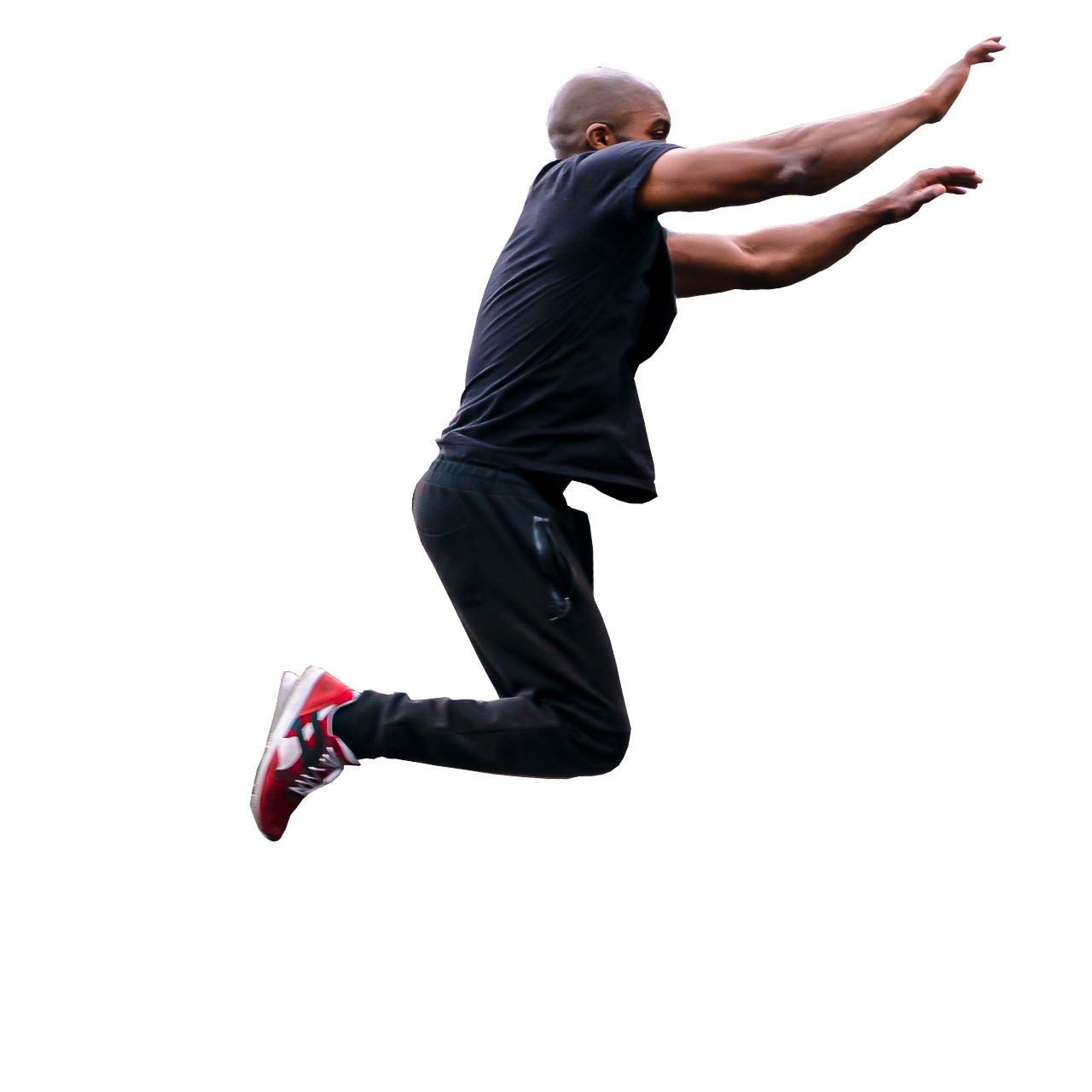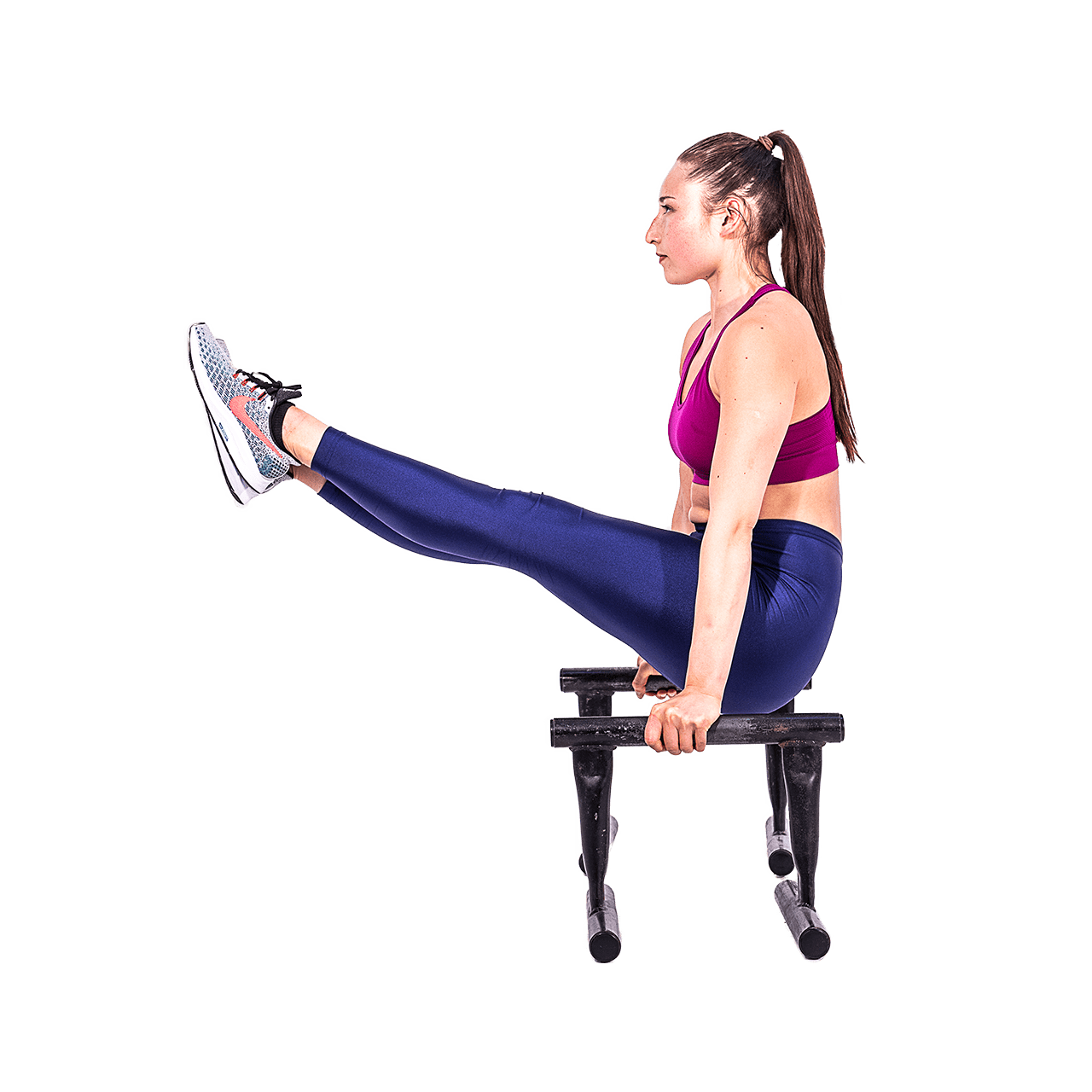
How to Pullup #02 – Prerequisites
What you need to get started.
We will run through a list of tools (with links) that will be required to get the most out of this series. Following that, you'll be able to start moving with some basic mobility drills to make sure your joints are ready for action.
Joint Mobility
Wrists, Elbows and Shoulders
Joint mobility is essential for warming up. Note that this is NOT stretching. The idea is to start to get those joints moving first, then warm the muscles up.
We'll cover warming up in another episode. However, for now, you should make sure that you understand that you want to move those joints as much as possible, in the biggest range of movement they can do.
The Pullup Bar
These can be very, very cheap, yet damn good. I've seen some for as low as £1.99 that would do a good job. However, the one thing I would recommend is getting one with screw-in cups to hold the ends of the bar into the wall or doorframe. This means it doesn't have to rely on friction alone to keep it up. (Which can be dangerous).
Scaffolding Bar
Moving into some heavy-duty setups, buying some scaffolding bars will require building a complete frame with clamps and tools. This can be quite expensive and a lot of space will be needed (usually the garden will do).
This stuff can be tricky to get hold of, but I've linked to a UK-based supplier who are very reliable and do fantastic prices. Research will have to be done for anyone outside of the UK.
Lastly, the clamps to use are from a brand called 'KeeKlamp' and come in many, many different configurations and setups.
Rigs and Racks
The last option is probably the most expensive (but actually not as versatile or functional as scaffolding bars). Purpose built fitness rigs and racks are usually found in gyms and crossfit boxes.
Mobility Bands
An absolutely fantastic invention that will help in so many ways. From mobility work, stretching, lifting, assistance and help, resistance training and much, much more.
They come in a very wide range of thicknesses and resistances.
Weight Belt and Dip Belt
Another very handy and cheap product I'd advise buying is the weight belt (or also known as the dip belt). This has a chain on the front which allows you to connect weights onto it.
Do not confuse this with the other type of weight belt (or lifting belt) which does NOT have a chain on the front. This is for supporting the spine with heavy weight lifting. Make sure you get the one with the chain.
A small, minor, thing to look out for when buying a dip belt is whether the hoops that the chain clips onto has material behind it or not. If it doesn't, then more often than not, the metal clip will catch your T-Shirt material during exercising and make small rips in it.
Gymnastic Rings
The last item on the list is the gymnastic rings. These, again, are great value tools that can be used many, many ways. From strength training, gymnastics, strongman pulls, drags, swinging and much more.
I've provided two alternatives below. One budget (but very good) version, one much higher premium quality.
Videos Listing
Explore other series

Cat Leap Tips
Jumping to the side face of a wall and catching either the top edge or a feature to remain on the side.

Step Vaults Series
The Step vault, (aka "Safety Vault") is one of the fundamental vaulting techniques within parkour. Due to its ease of use, this movement is often utilised by all levels of ability.

Tutorials
In-depth series on specific movement topics.

Demonstrations
In-depth series on specific movement topics.
Blog
Deep-dives into Parkour Topics.